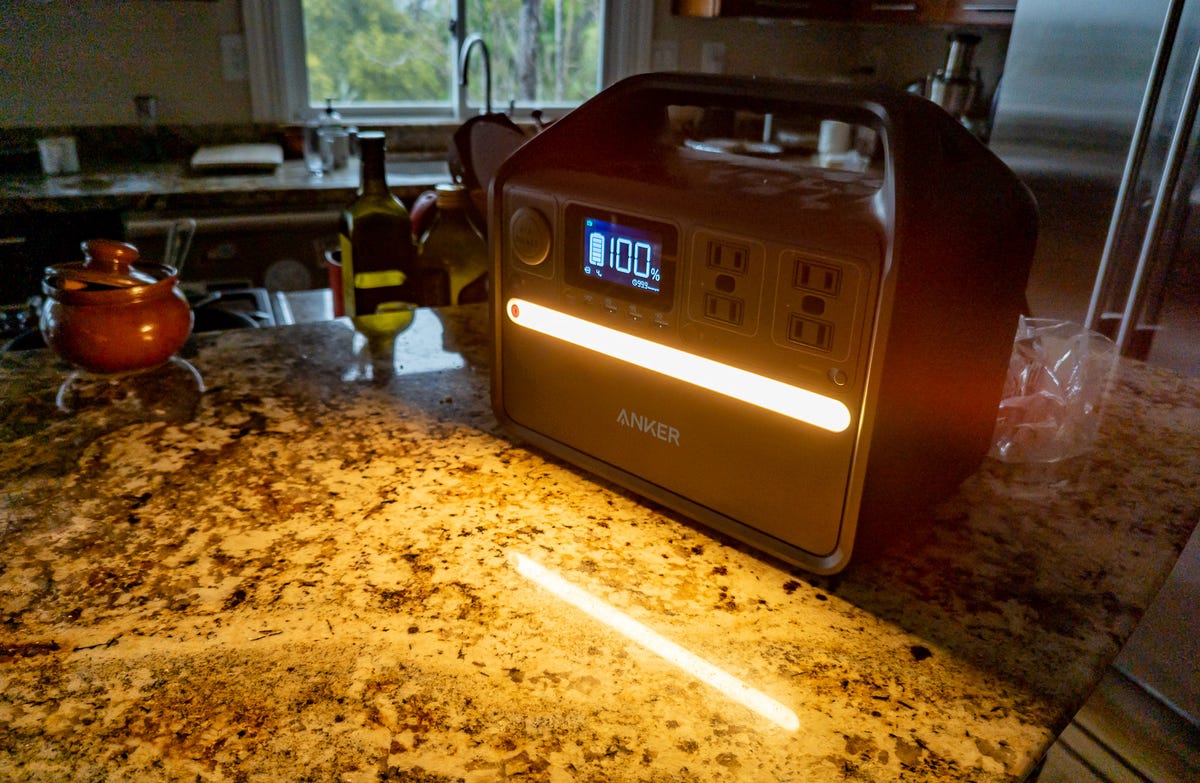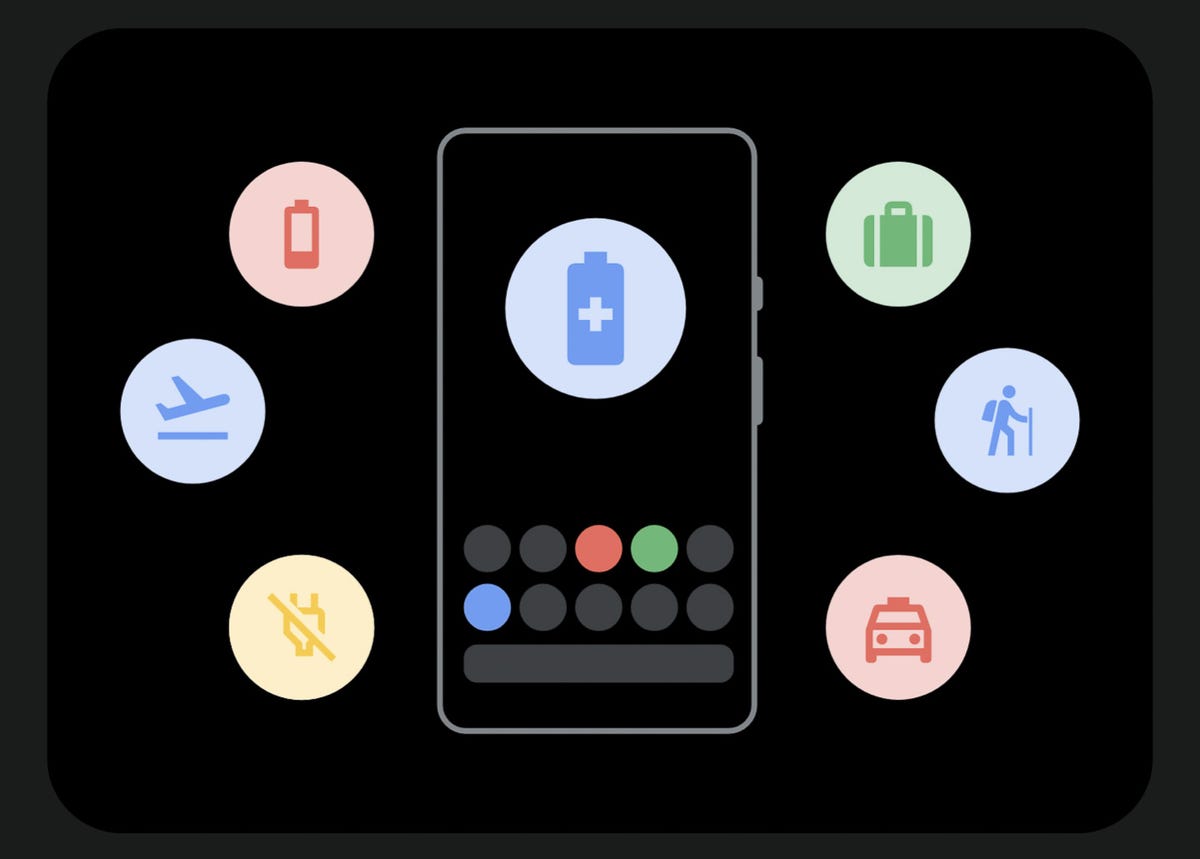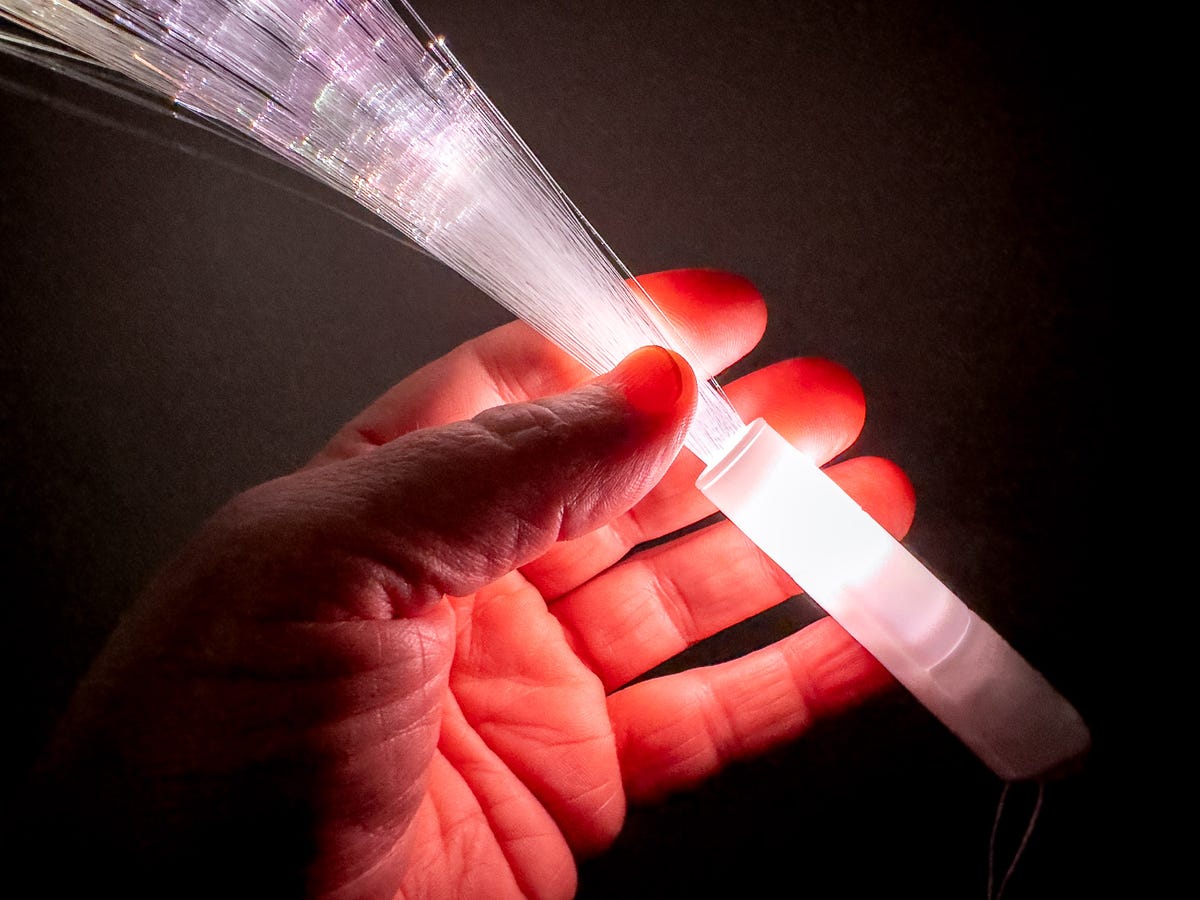My family was among the 367,000 PG&E customers hit by a massive power outage in the San Francisco Bay Area last week, and now we’ve lost power in a second outage affecting about 90,000 of us. High winds brought down trees and power lines, leaving us without electricity, internet access and heat for exactly 24 hours the first time, and the second outage likely will last even longer.
It sucks.
The outages made me appreciate just how awesome electricity and internet access are, and how critical they are for modern living. Working from home, hearing from schools and the power company, coordinating with my wife — squeezing it all through a woefully insufficient mobile phone network connection.
But a few things helped me through this rough patch. Some of them were pretty high tech, but there’s still a place for pre-internet products in your emergency kit. Here’s what I turned to.
Anker 535 PowerHouse battery
The Anker 535 PowerHouse is one of a host of hulking batteries that, although expensive, is really useful in a power outage. I used it to charge my laptop and phone, to use an LED lamp, and most crucially, to run my broadband modem when I needed my fast network. The display helpfully told me that my network equipment requires 26 watts of power.


The Anker 535 PowerHouse has a bright LED light on its front face along with four USB ports and four power plugs.
Stephen Shankland/CNETDuring the first outage, I didn’t use the PowerHouse enough. I was trying to husband our resources. But the battery is big enough to power my modem and router for hours.
It’s also got a built-in LED light strip. It’s pretty bright, and I’d have preferred a dimmer option.
This model comes with conventional AC power plugs along with one USB-C port (not enough) and three USB-A ports (too many). You’re better off charging your devices directly from the USB ports if you can: plugging a charger into one of the battery’s power plugs means you’ll suffer efficiency losses converting from direct current to alternating current and back.
Tethering
Connecting my laptop to my phone to take advantage of its mobile network was crucial to getting through the power outages. I’m amazed how much a person can get done with a smartphone these days, but in my case, everything seems to go at least two times slower than with a laptop. Some tasks, like complex photo editing, require a laptop. So for me, tethering is essential.
Unfortunately, the networks my phones use (I have a Google Pixel 7 Pro and an iPhone 14 Pro) aren’t terribly fast, and with so many others’ internet access down during the power outages, I suspect the networks were overtaxed. I remember the crushing feeling when my browser estimated it would take 40 minutes to download a 4.2MB photo file.
Pro tip: On Android, you can tether with a USB-C cable that can be more reliable than Wi-Fi and that keeps the phone charged, too. It works with iPhones and Lightning cables as well. This approach is where the term “tether” came from, of course, but mostly I tether with Wi-Fi these days because it’s simpler and more flexible.
That said, tethering was slow enough that I often preferred to use my phone directly for tasks like email and messaging.


I used the extreme battery saver mode on my Google Pixel 7 Pro to dramatically cut down on its power usage during a power outage.
Screenshot by Stephen Shankland/CNETPhone battery saver modes
I love my phones’ battery saving modes and use them often when I’m at all-day conferences, out on a long hike, or am uncertain when I’ll be able to charge. I long ago customized my iPhone’s Control Center with the low power mode toggle.
I like my Pixel phone’s approach better, where you can set battery saver mode to engage automatically when the battery charge reaches a particular percentage. I have it set to turn on at 60%, but during the first power outage, I just left it on all the time.
Android goes a step farther with extreme battery saver, which shuts down all apps except some core ones and the ones you specify. You can launch anything and use it, but unless you add it to the exceptions list, extreme battery saver will shut it down again. Overnight, my Pixel’s battery charge dropped only 2% during the first power outage.
During the second outage, I just left my phone in extreme battery saver mode almost the entire time, occasionally waking up apps as needed. After a few minutes, the phone puts them back to sleep.


This fiber optic flashlight toy proved useful during a power outage.
Stephen Shankland/CNETMy kid’s frog flashlight and other LED-lit toys
Our kid likes little toys as much as any other elementary school-age child does, and I was delighted when he realized at night that he’d brought home a couple of LED-lit party favors. I’m not sure what to call them, but they have a glowing cylindrical handle with a brush of plastic fiber optic strands sprouting from one end. They’re novelty products but turned out to be handy flashlights, too.


My kid’s frog flashlight.
Stephen Shankland/CNETI was happier with another gimmick, though, the frog flashlight we got him at REI to try to cajole him into camping trips. Its carabiner design let me clip it to my belt loop, and it was great for quick lighting at bedtime.
A candle
Candles are millennia-old technology, and you know what? They still work. More than 10 hours into the power outage and with no idea when it might end, I was eager to save any battery power I had left.
I pulled some mushy ice cream out of our not cold enough freezer, lit a candle from our emergency kit and had a late night dessert.


I dripped some wax onto this tomato can to give this candle a safe, sturdy perch.
Stephen Shankland/CNET
